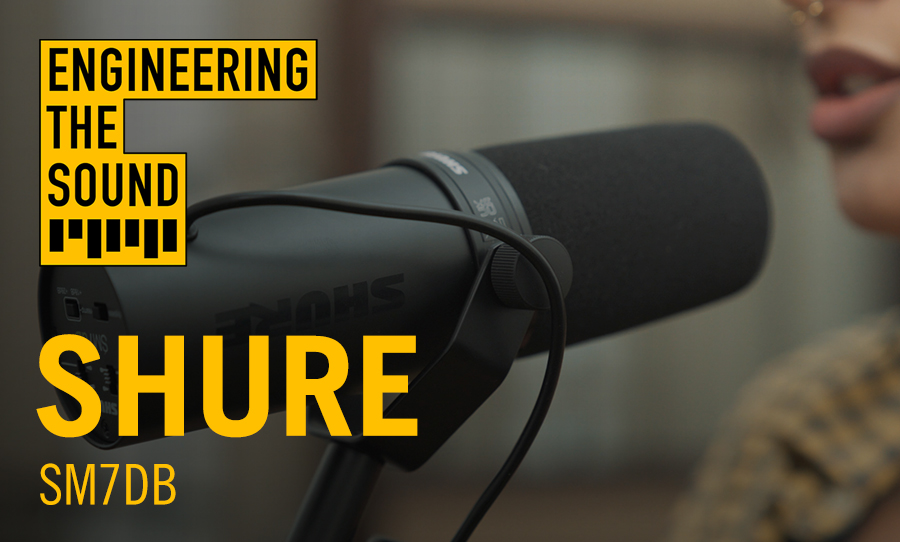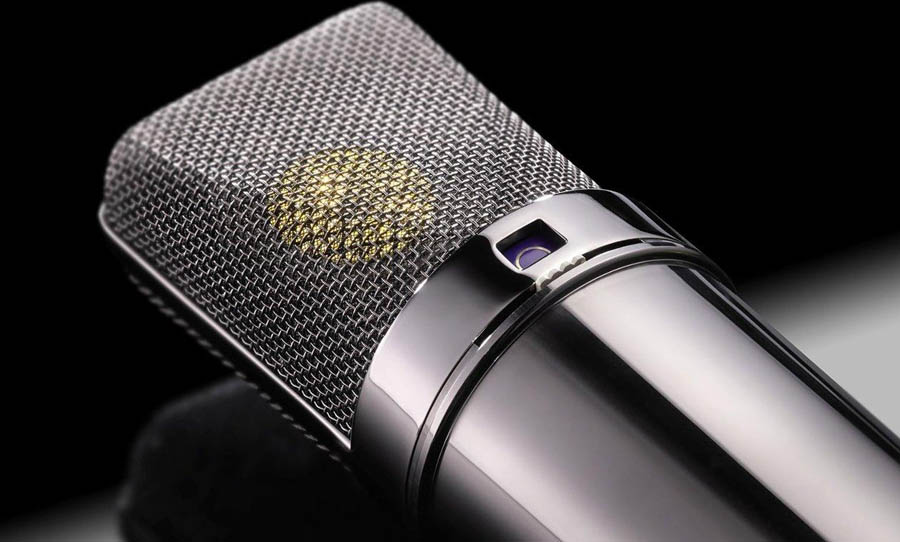From the ashes of war emerged the Austrian company AKG. They’ve elevated the microphone arts throughout the decades, the C414 being their most celebrated.
There are many pieces of studio gear that fit the “workhorse” title. In some cases, it feels like a badge of honour, in others, it seems an altogether too unglamorous label. A case for the latter: the AKG C414.
Yes, by all definitions, this microphone is versatile and has been put to work on a great many sources throughout recorded history. But can you really compare it to other famously adaptable choices, like the Shure SM57 for example? Of course not. The C414 is a singular tale of experimentation which continues to evolve.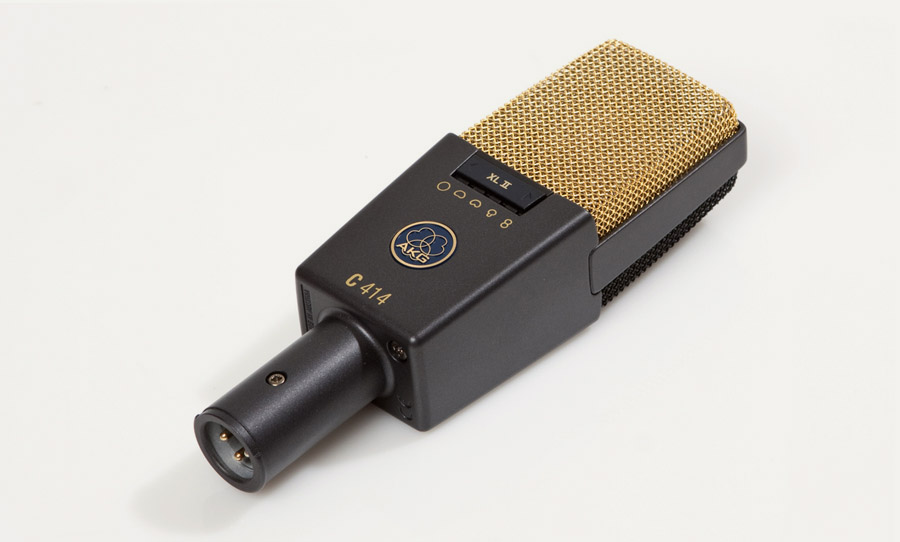

The Brass Ring
Like many brand names that loom large in the consciousness of studio types, AKG’s beginnings were humble, without an exclusive focus on the recording studio. One of their early goals was to be a one-stop-shop for the booming cinema industry – speakers, projectors and the like. They also branched into everyday audio devices like car horns and carbon capsules for phones, among other items.
Yet, the innovative heart of the company was still beating and a few short years after the firm’s inception, they had their first major breakthrough. The D12 – which is still popular today – became the world’s first dynamic cardioid microphone. This made it a worldwide hit for voice broadcasting, yet today, the D12 has forged an exemplary reputation in the application of bass drum miking.
At the same time, AKG developed their CK12 capsule which would go on to be the heart of the C414 and C12 microphones. This brass ring capsule was an incredible feat of engineering that was very difficult to manufacture. The C12 valve condenser was a popular choice, especially for reproducing the crystalline tones of the classical orchestra. It went on to become a very notable vocal recording microphone and is considered one of the true elites, alongside the Neumann U47 and 67, Telefunken ELA M 251 and Sony C-800 G.

The Shape of Things to Come
With the C414’s arrival in 1971, AKG took things in a different direction. The C12 was a long cylindrical microphone, much like many of its contemporaries. Being a tube mic, it also came with a bulky power supply. The C414, in contrast, was transistor based, which meant an easier build and smaller size. The iconic, squared-off silhouette was also born.
In the early days, the CK12 capsule was maintained in the C414, but before long, it was switched out for a much more easy to produce nylon capsule. There was no shortage of controversy surrounding the replacement of the capsule, not least because they labelled everything the same the way, without sharing the news with the market.
One of the keys to the microphone’s popularity was its aforementioned versatility. Not content with a single polar pattern, it burst into the recording scene with four – omnidirectional, figure-8, cardioid and hyper-cardioid. In 1976, with the arrival of the EB version, there was the addition of a three position high pass filter – flat, 75 Hz and 150 Hz and three position pad – 0 dB, -10 dB and -20 dB. The message was clear: this was a mic that could handle anything.
The B-ULS version hit the streets in 1986 and enjoyed a production run of 18 years, becoming the most popular of all C414 versions. The transformerless B TL-II came out in 1993, regaining some of the brighter sounding characteristics of the original. The latest versions XLS and the XLII feature an additional wide cardioid pattern with the XLII possessing a more pronounced high frequency lift beyond 3 kHz. 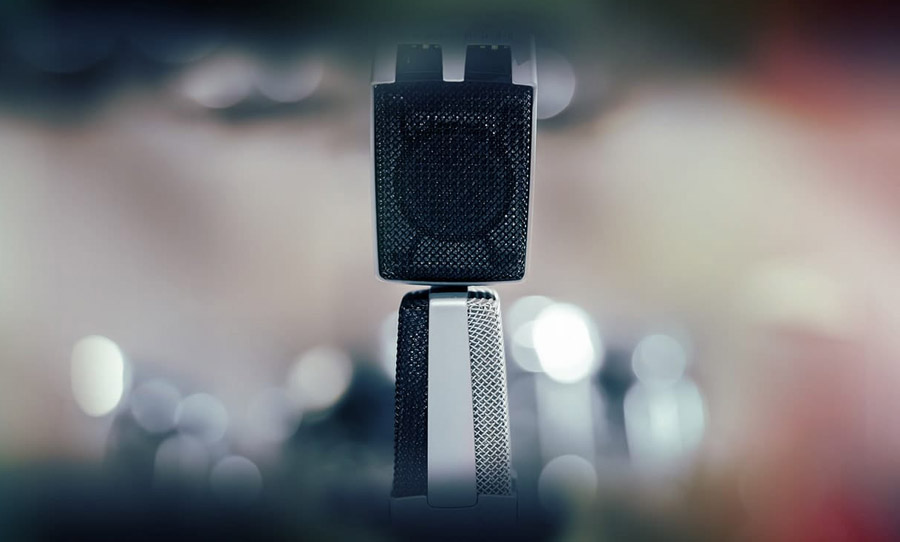
An Engineer’s Best Friend
Why would a company continue to keep making tiny adjustments to a long standing product, rather than just develop something new? By now, anyone who’s worked in the studio knows the look of the C414. You can’t pay for that kind of brand recognition and you can imagine the directors of AKG thinking, “if it ain’t broke, why fix it?”
Most studio types are also aware of the AKG “family” sound too, in both their microphones and their headphones. It’s a customarily bright, clear sound, that has a way of flattering the upper reaches of the frequency spectrum, without straying into harshness.
Historically, these characteristics have made choosing the microphone a no-brainer on any number of sources. In keeping with AKG’s pedigree, it excels on dynamic acoustic sources, offering a complimentary sheen to an orchestral string section, for example. Many have also preferred it on acoustic guitars, aided by its wide selection of polar patterns to sculpt the perfect pickup shape.
It’s especially proficient at capturing the detailed and complex transients and harmonic information in a grand piano. Many engineers swear by its ability on drums, reproducing the sizzle of a hi hat, the ring of a cymbal or even the snappy attack of a snare drum. It makes a powerful stereo pair and is particularly adept at the mid-sides technique. It’s flat edges and polar pattern versatility make it easy to dial in the settings you need for this method.
Vocally, the C414 has had its fair share of sessions under the belt. Characterful and rich top end, it’s also a favourite of the voiceover industry, owing to its ability to reflect the voice with crystal clear clarity and deliver high gain with a very low noise floor. 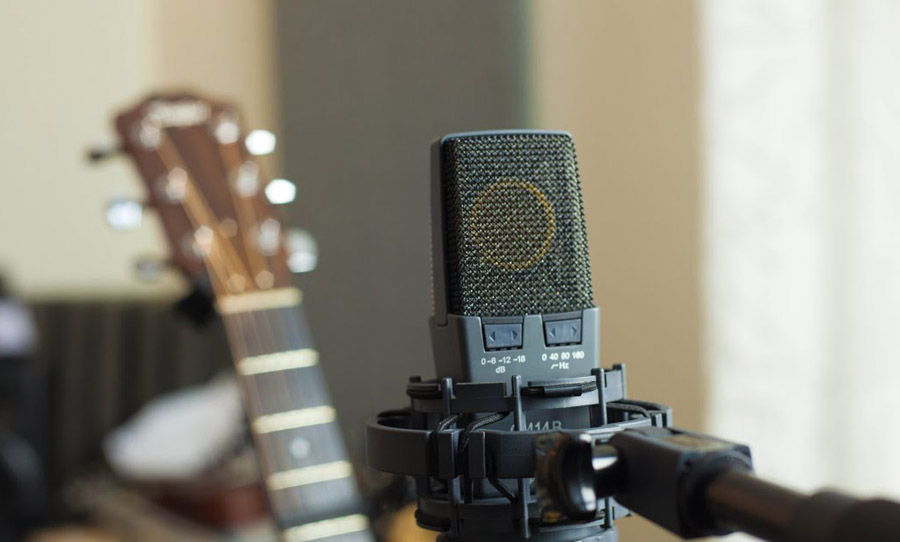 Many studio pieces have found fame and long term patronage by being proudly niche. The C414 series has worn its versatility on its sleeve throughout its lifespan; its scope of abilities only widening as it has progressed through time. But unlike many other jack-of-all-trades, its broad range of skills hasn’t diluted its power – it’s grown stronger over time – and the end is not in sight.
Many studio pieces have found fame and long term patronage by being proudly niche. The C414 series has worn its versatility on its sleeve throughout its lifespan; its scope of abilities only widening as it has progressed through time. But unlike many other jack-of-all-trades, its broad range of skills hasn’t diluted its power – it’s grown stronger over time – and the end is not in sight.
